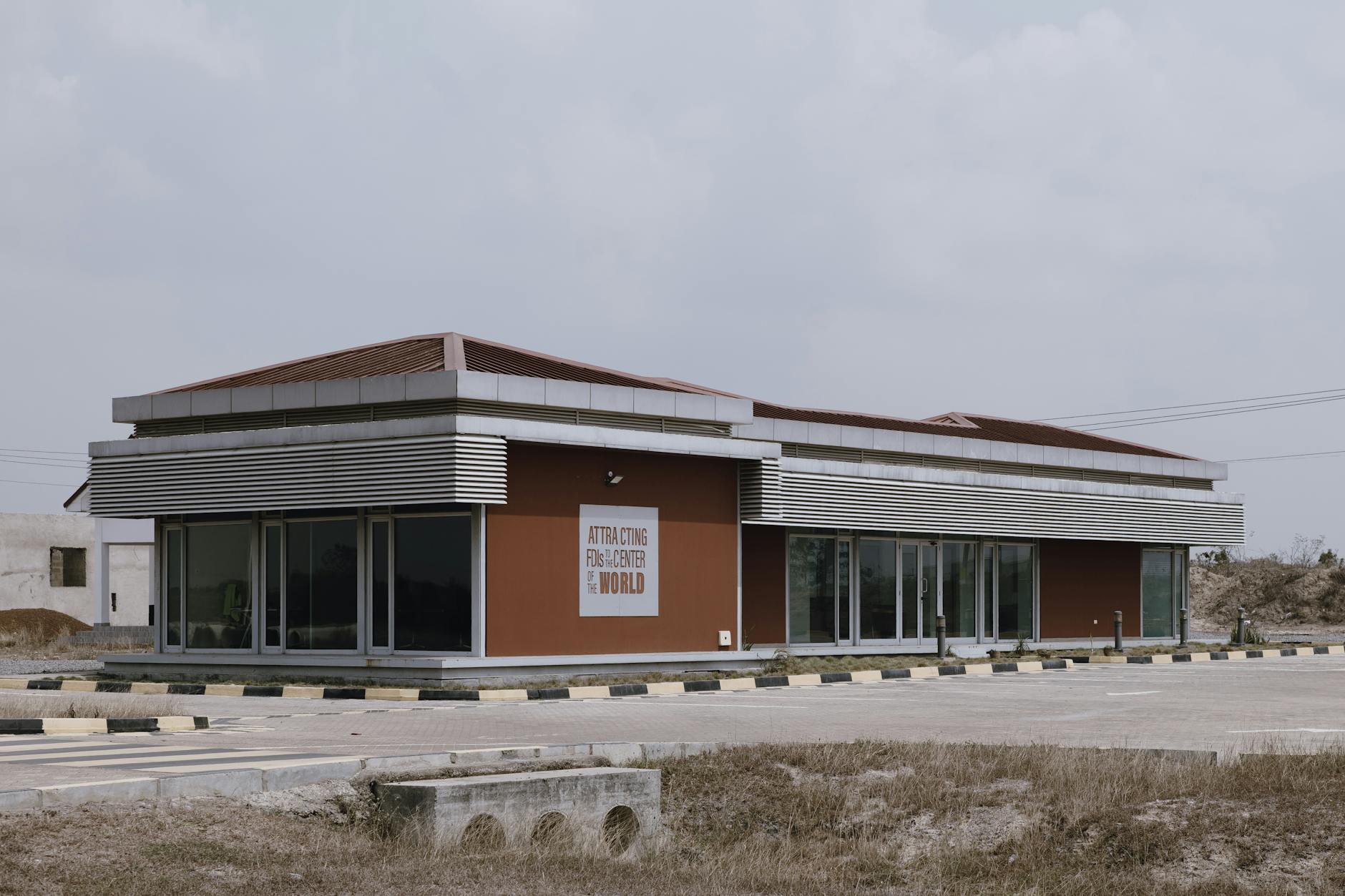The Ultimate Guide to Commercial Real Estate Leasing for Retail Spaces
The ultimate guide to commercial real estate leasing for retail spaces
Leasing a commercial retail space is a critical step for any business looking to establish or expand its physical presence. Whether you’re opening a boutique, a restaurant, or a large retail outlet, understanding the nuances of commercial real estate leasing can make the difference between success and unexpected challenges. This guide will walk you through essential aspects of leasing retail spaces, including evaluating locations, negotiating lease terms, understanding legal obligations, and planning for ongoing operations. By the end, you’ll have a comprehensive overview to help you make informed decisions and secure a lease that aligns with your business goals.
Evaluating the right retail space
The foundation of a successful retail lease starts with finding the right location. This involves more than just foot traffic; consider demographic compatibility, visibility, accessibility, and the surrounding business environment. Analyze factors such as:
- Customer demographics: Age, income, lifestyle, and shopping habits of the local community.
- Competition: Proximity to direct competitors and complementary businesses.
- Transport and parking: Accessibility for both customers and suppliers.
- Space layout and condition: Suitability of the physical space for your retail concept.
Retail locations in urban centers typically command higher rents but offer increased exposure, while suburban or secondary locations might provide cost savings with trade-offs on customer reach. Tools such as heat maps of consumer behavior and local sales data can help you assess potential sites more precisely.
Key components of a retail lease agreement
Once a suitable location is identified, it’s essential to thoroughly understand the lease agreement. Retail leases often come with complex terms that impact your business operations and finances. Important elements include:
| Lease Element | Description | Considerations |
|---|---|---|
| Base rent | Fixed amount paid periodically for occupying the retail space | Compare market rates and assess affordability |
| Common area maintenance (CAM) fees | Costs shared by tenants for upkeep of common areas | Clarify what expenses are included and caps on increases |
| Lease term | Duration of the lease contract | Balance between long-term stability and flexibility |
| Renewal options | Terms for extending the lease after the initial term | Negotiating favorable renewal rights is key |
| Exclusive use clause | Protects you from direct competition leasing nearby | Request this to avoid oversaturation |
Understanding these components helps you avoid surprises and positions you to negotiate terms that support your sustainability and growth.
Negotiating the lease: tips and strategies
Negotiation is where you can shape the lease to better suit your business needs. Here are vital strategies:
- Conduct market research: Know the going rates and terms for similar properties.
- Leverage tenant improvements: Negotiate landlord contributions towards customization of the space.
- Seek rent escalations clauses: Aim for capped annual increases to control costs.
- Request flexible termination clauses: Guard against unexpected downturns by having exit options.
- Include performance metrics: Sometimes landlords allow reduced rent if sales targets aren’t met.
Moreover, engaging a commercial real estate broker and a legal expert familiar with retail leases can greatly increase your negotiating leverage and safeguard your interests.
Managing your retail lease long-term
Securing a lease is just the beginning. Long-term lease management ensures your business remains profitable and compliant. Key actions include:
- Monitoring lease obligations: Keep track of rent payments, maintenance responsibilities, and lease renewal dates.
- Adapting to changes: Stay prepared to renegotiate terms if market conditions shift.
- Maintaining good landlord relations: Open communication can facilitate cooperation over rent relief or tenant improvements.
- Planning for expansion or relocation: Regularly assess whether your current space meets evolving business needs.
Consistent lease management minimizes risks, avoids penalties, and ensures that your retail space continues to support your business objectives.
Conclusion
Leasing commercial retail space is a multifaceted process that requires careful evaluation, in-depth understanding of lease terms, strategic negotiation, and ongoing management. Selecting the right location involves balancing visibility, customer demographics, and costs. A thorough grasp of lease elements like rent, fees, and legal clauses empowers you to negotiate effectively. Adopting sound negotiation tactics can secure favorable financial and operational conditions, while proactive lease management ensures your business adapts and thrives over time. Armed with this knowledge, you are well-positioned to make informed leasing decisions that contribute to your retail success, avoiding common pitfalls and fostering sustainable growth.
Image by: Andy Coffie
https://www.pexels.com/@kema
editor's pick
latest video
news via inbox
Nulla turp dis cursus. Integer liberos euismod pretium faucibua

